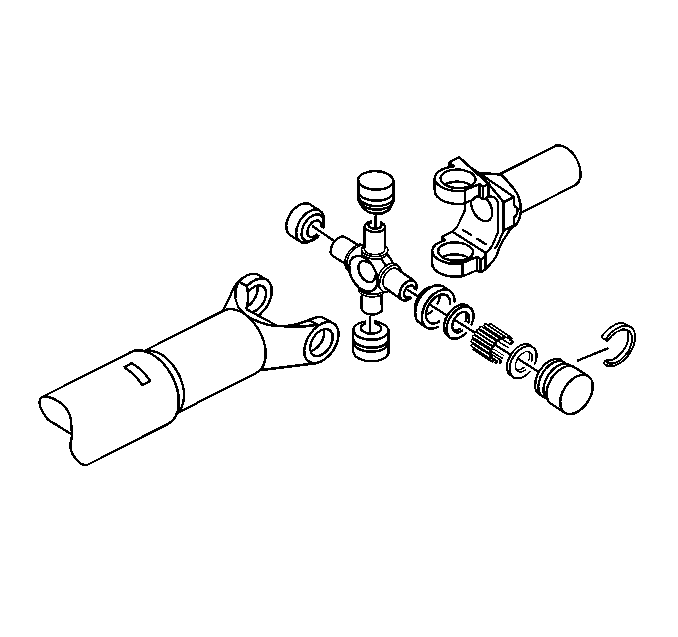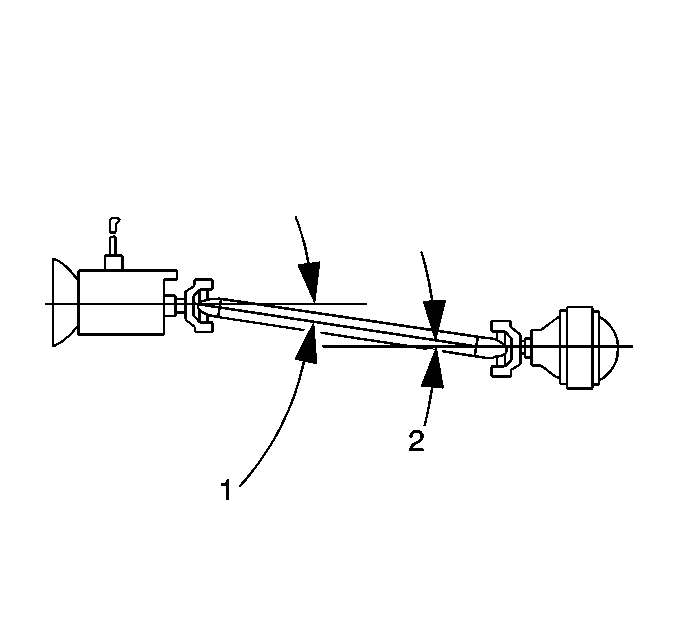A second order vibration
may be caused by a faulty universal joint (U-joint) which causes a vibration
that occurs twice for each rotation of the propeller shaft.
The following description of basic U-joint theory will help you to understand
where second-order driveline vibrations originate and why they occur.


